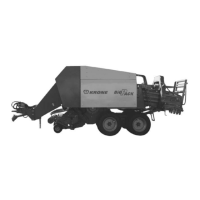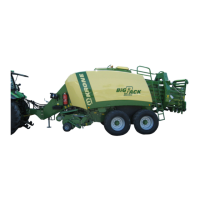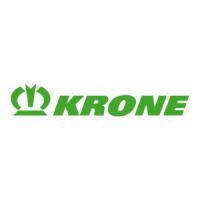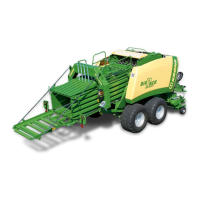V
Virginia BrownAug 2, 2025
What to do if the hand lever on Krone Lawn and Garden Equipment is hard to move due to a blockage?
- NNathan AlexanderAug 2, 2025
If the hand lever is hard to move due to a blockage in the system or a connected bearing, first, check if the conveyor pump is working by loosening the pump outlet and activating the pump. If the pump works, reconnect it. Then, one by one, loosen the threaded input connections on the subdistributors or main distributor (or threaded input connections for single-level systems). The distributor from which lubricant leaks when loosened indicates the fault's source. Retighten the connections. Next, loosen the threaded bearing input connections one by one. The bearing from which lubricant leaks when loosened is the blocked bearing. Clear the blockage on that bearing.








